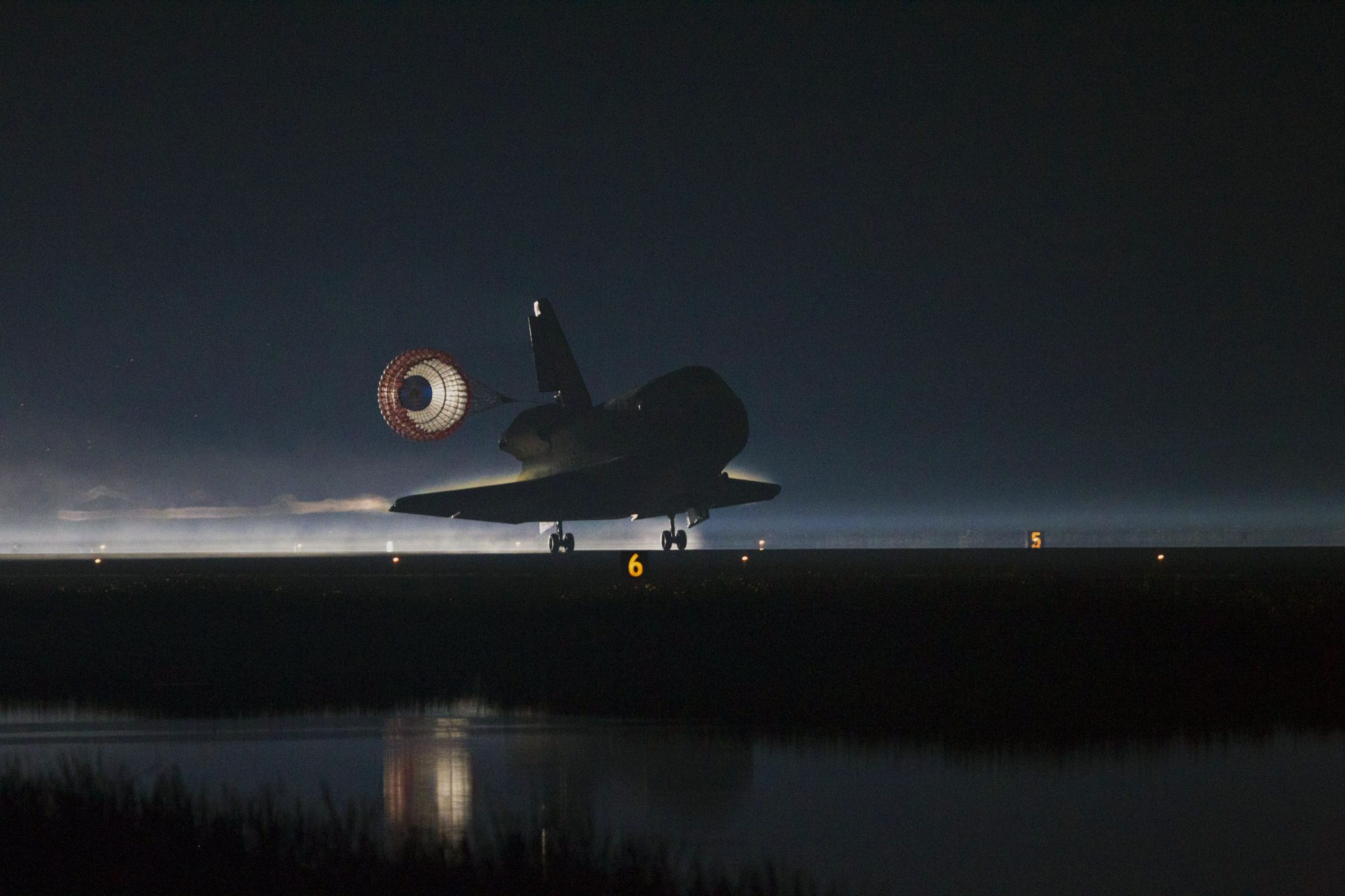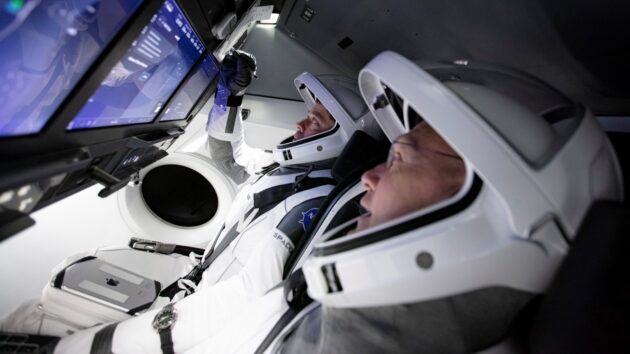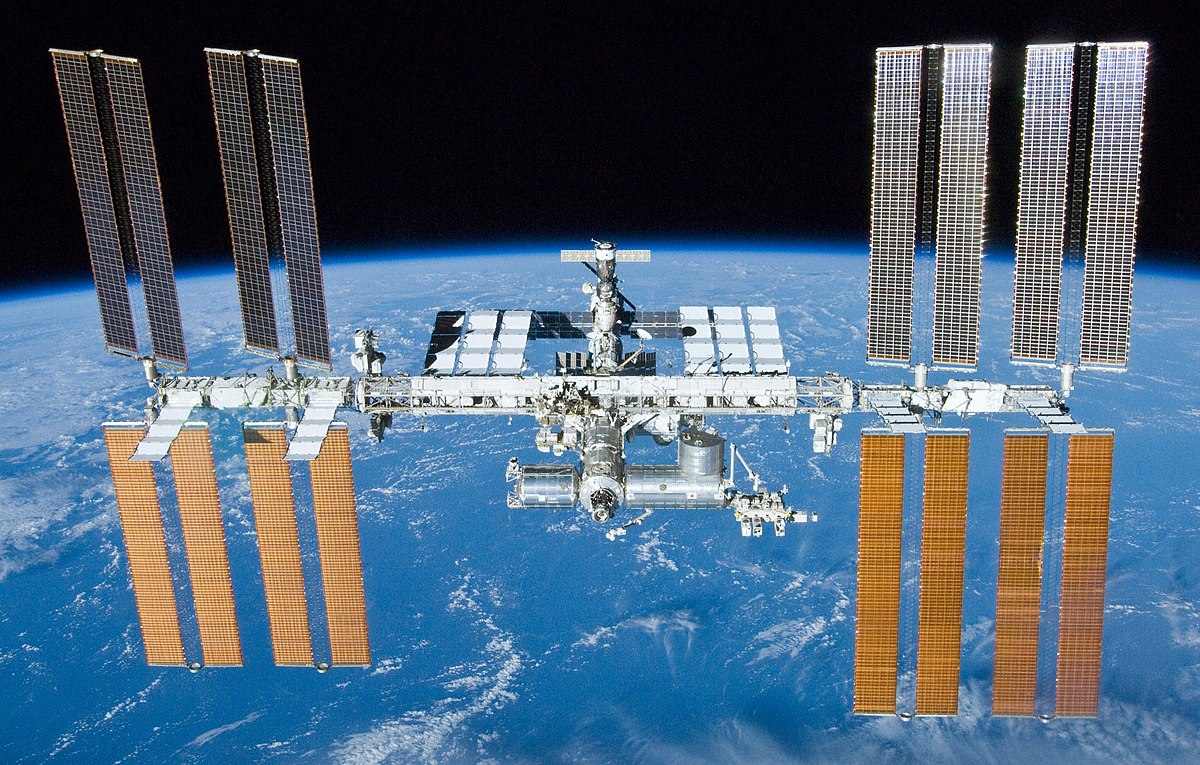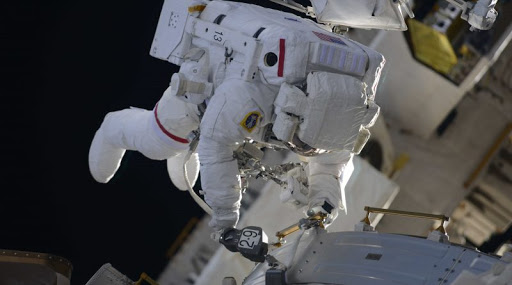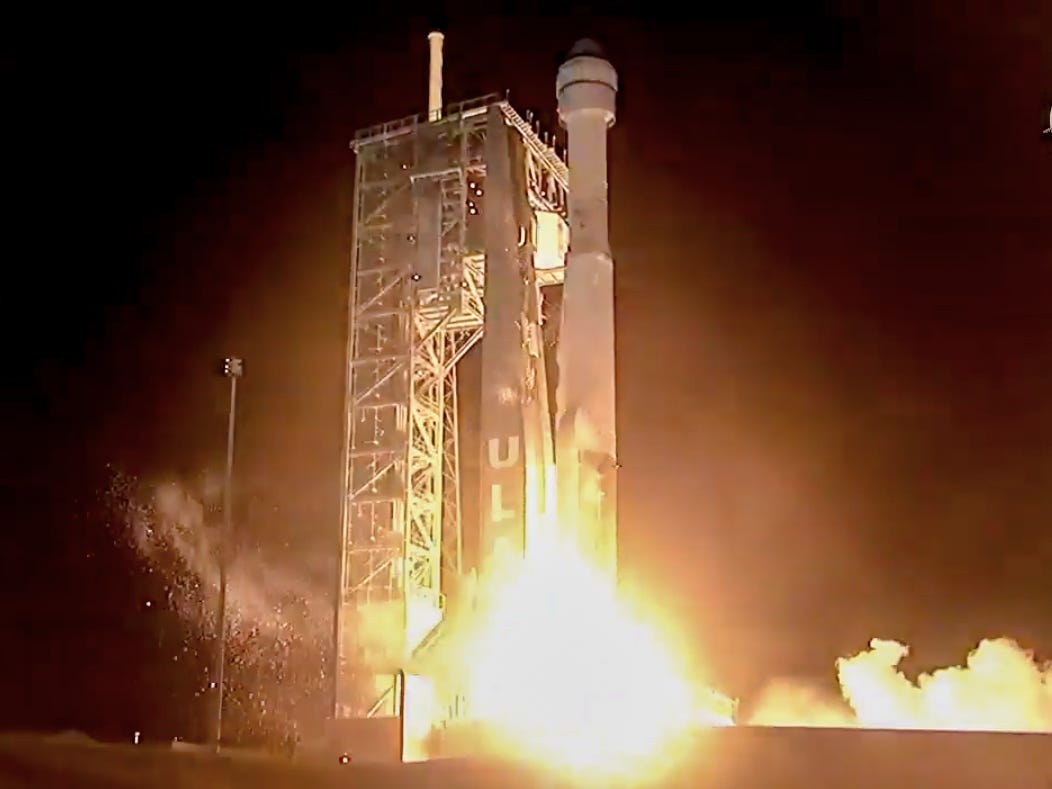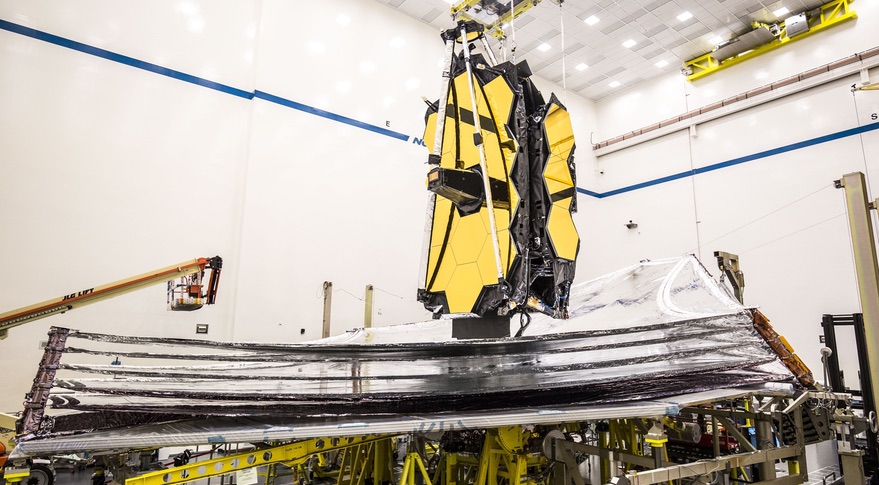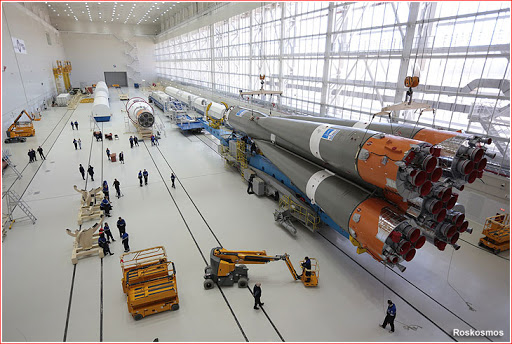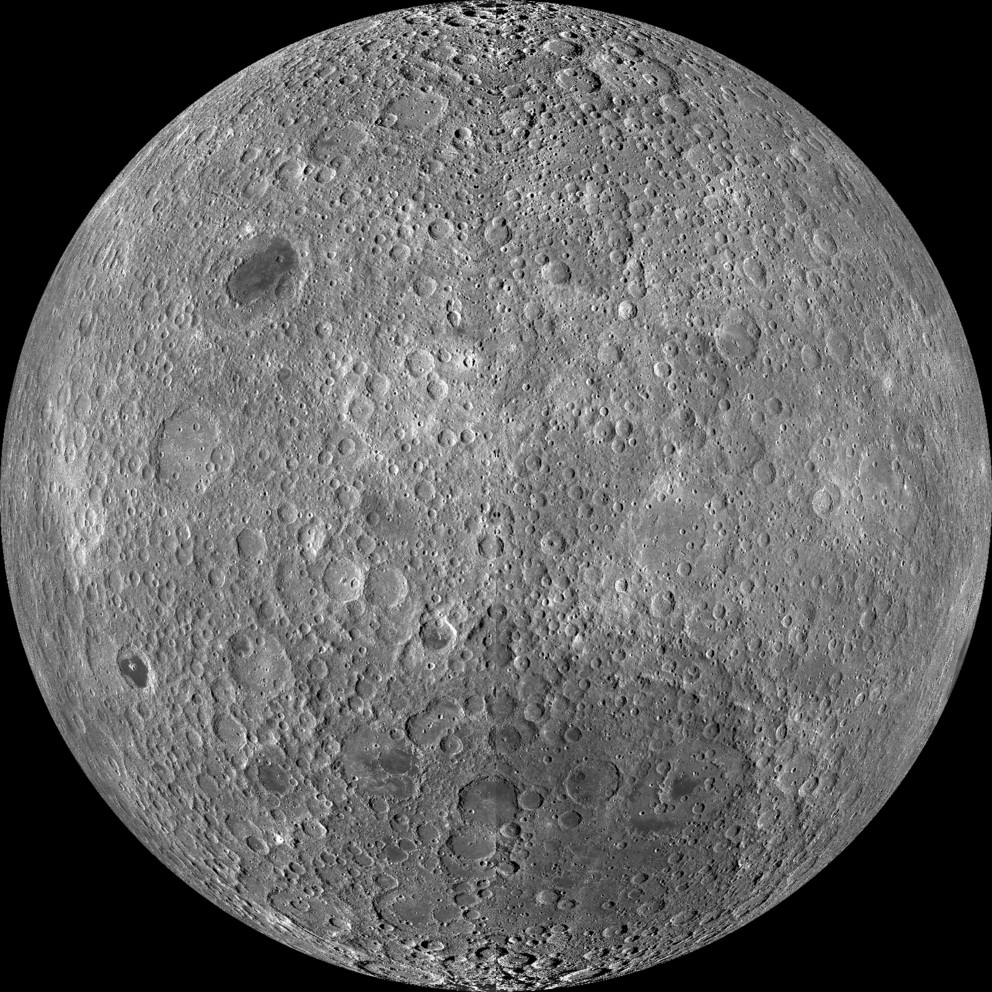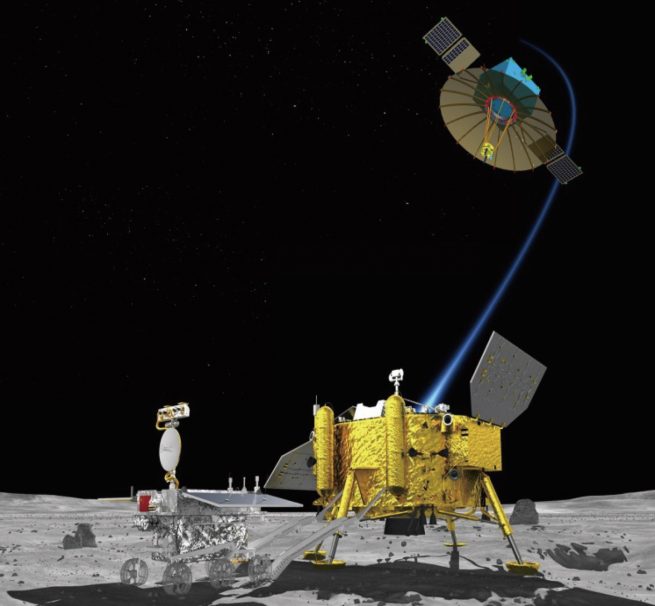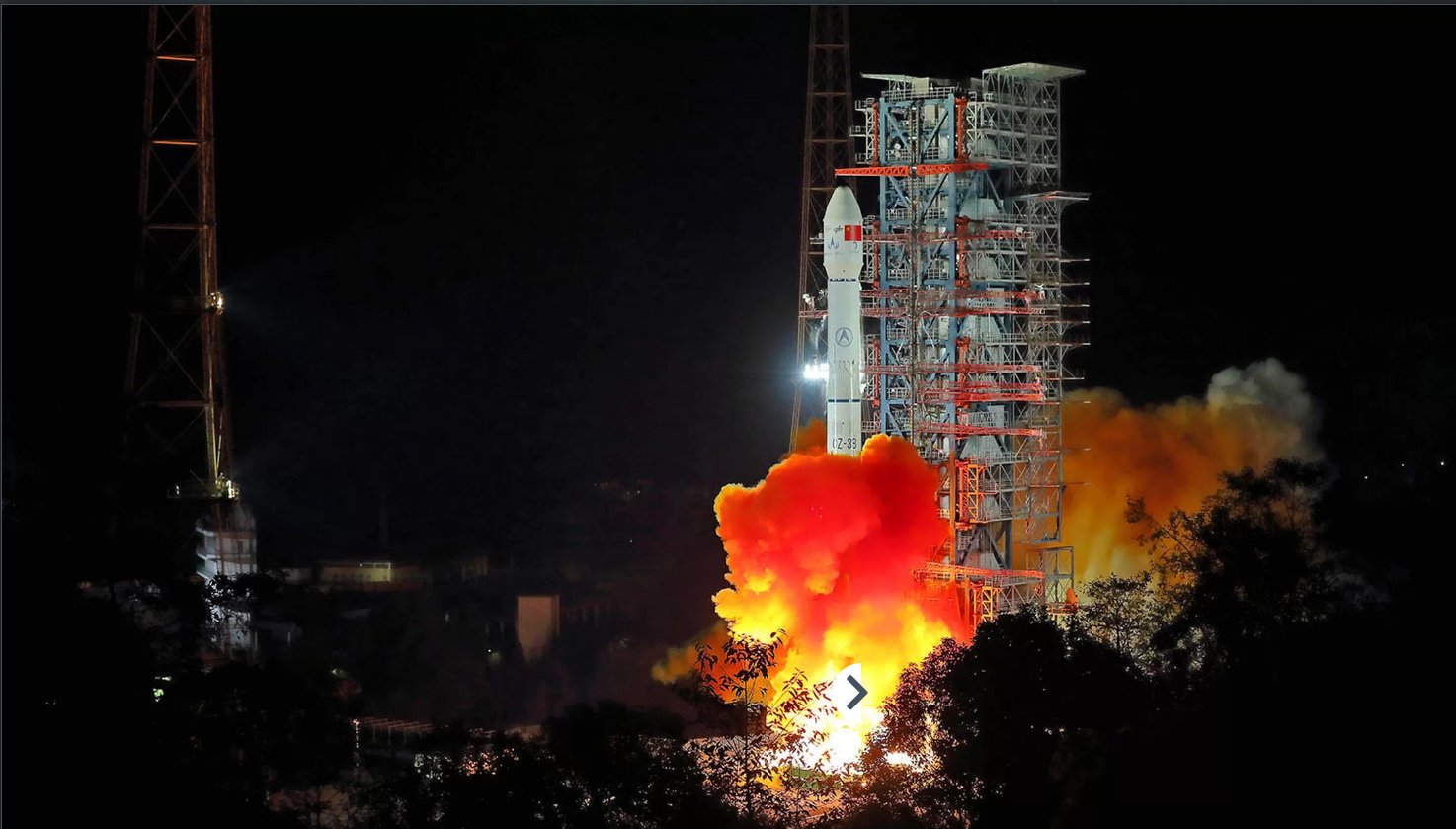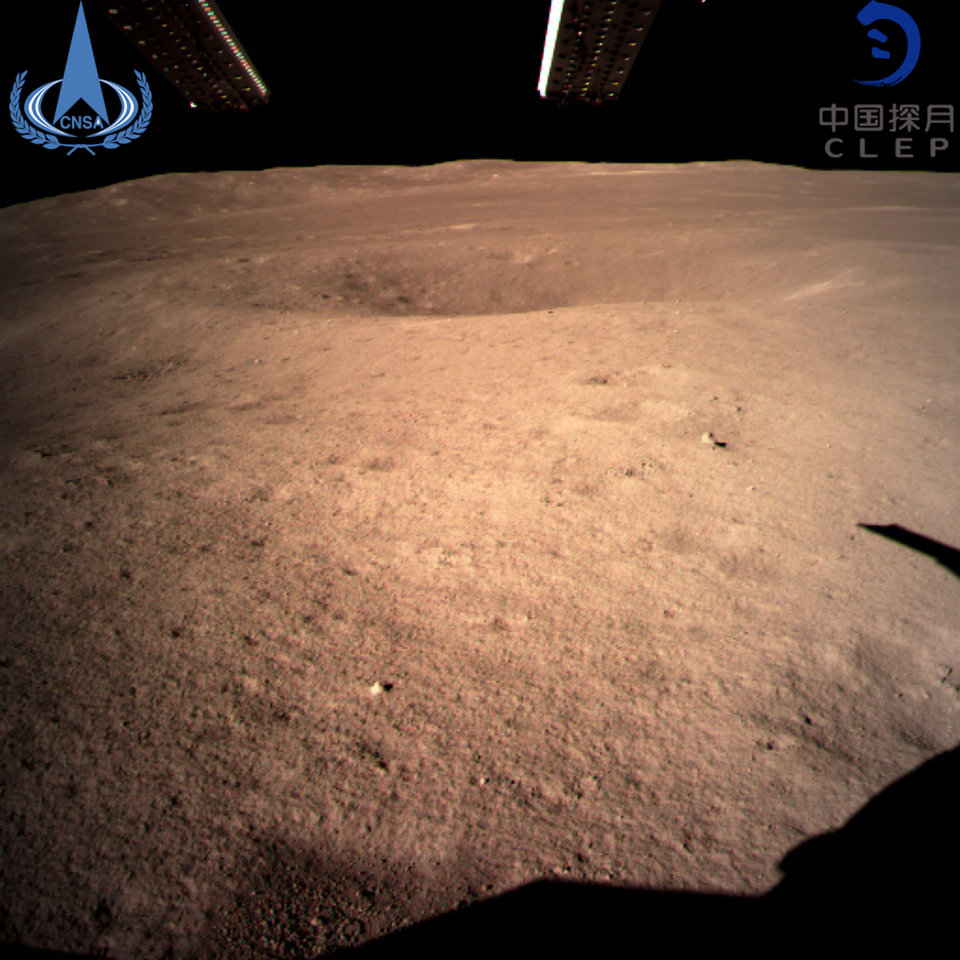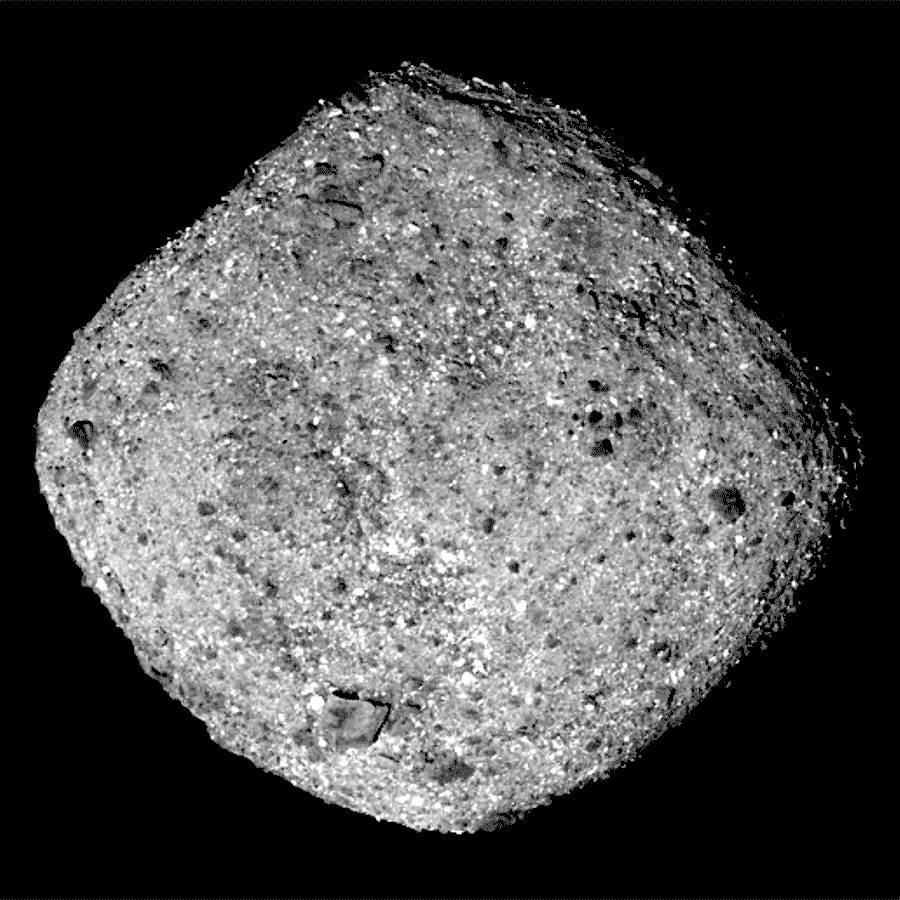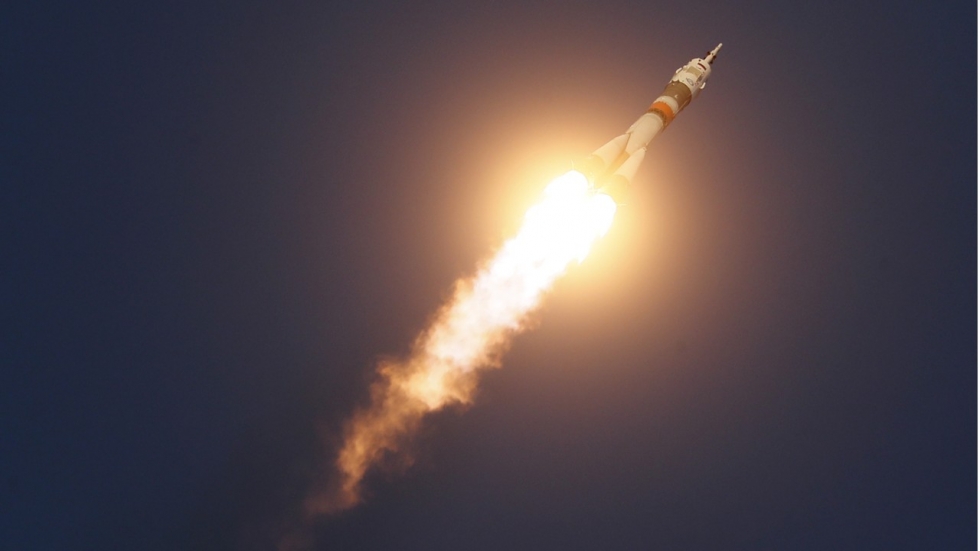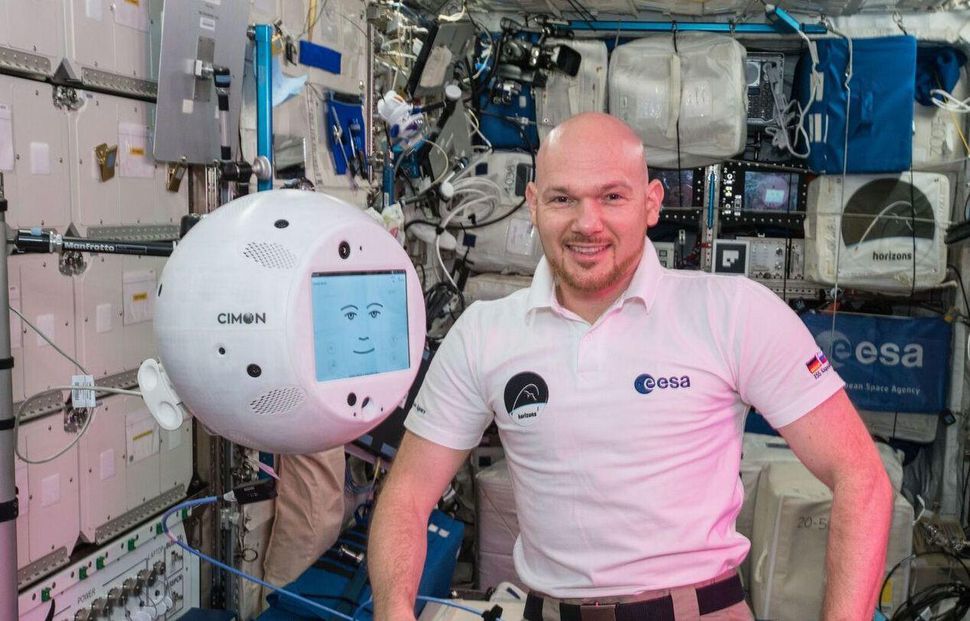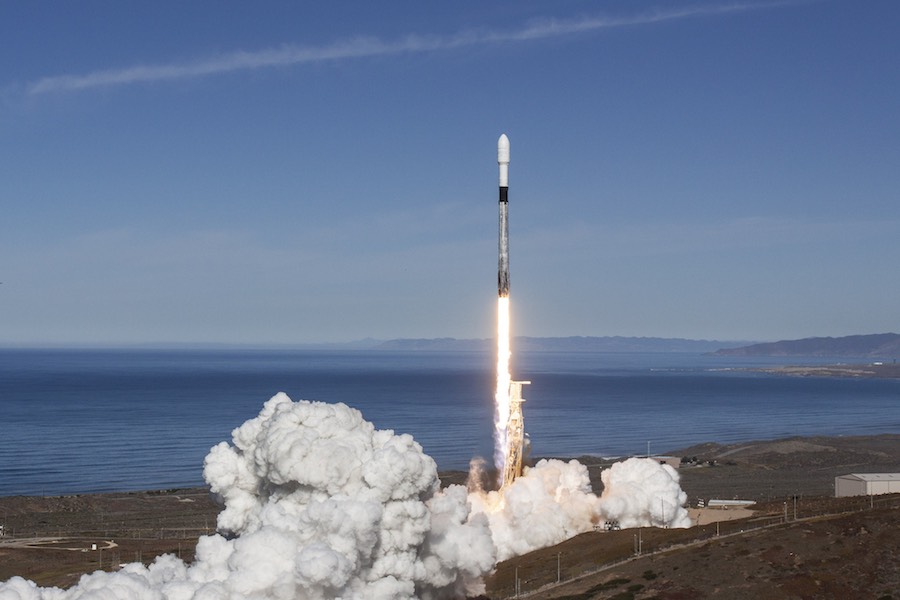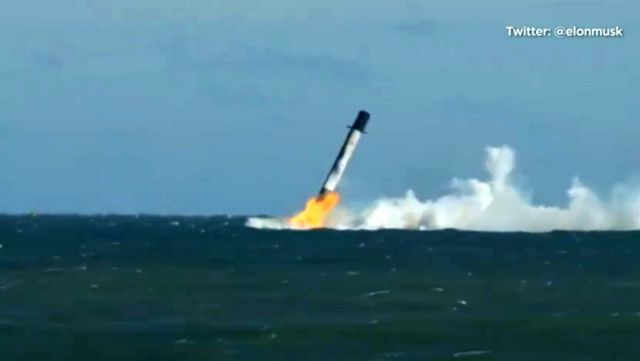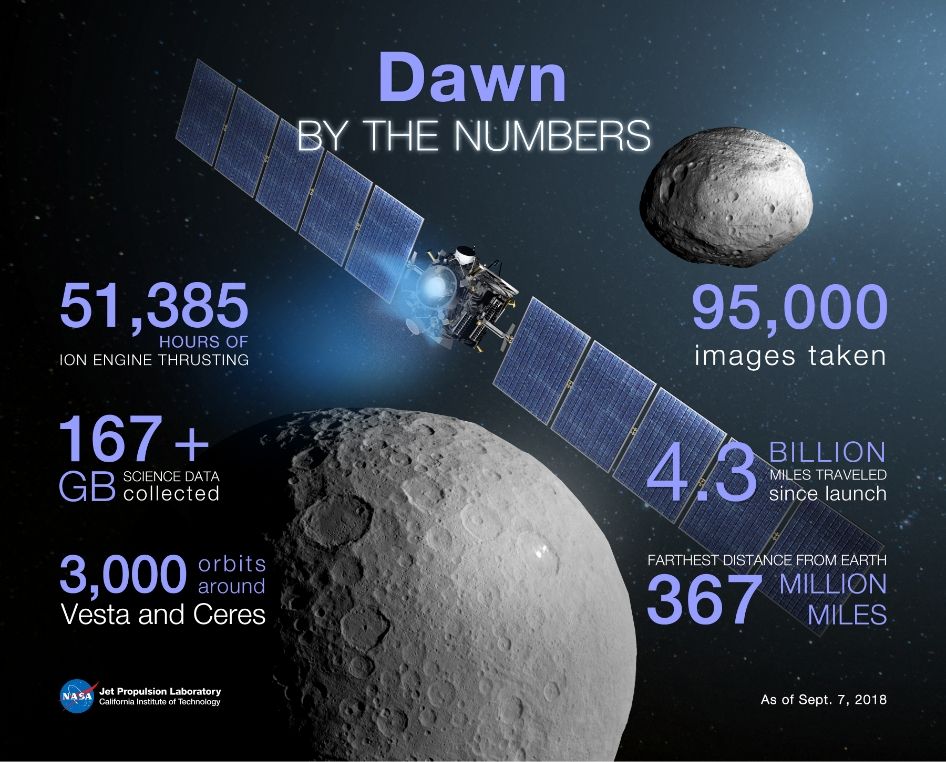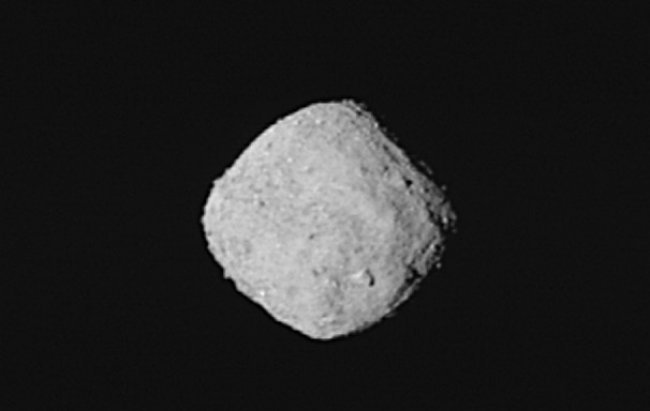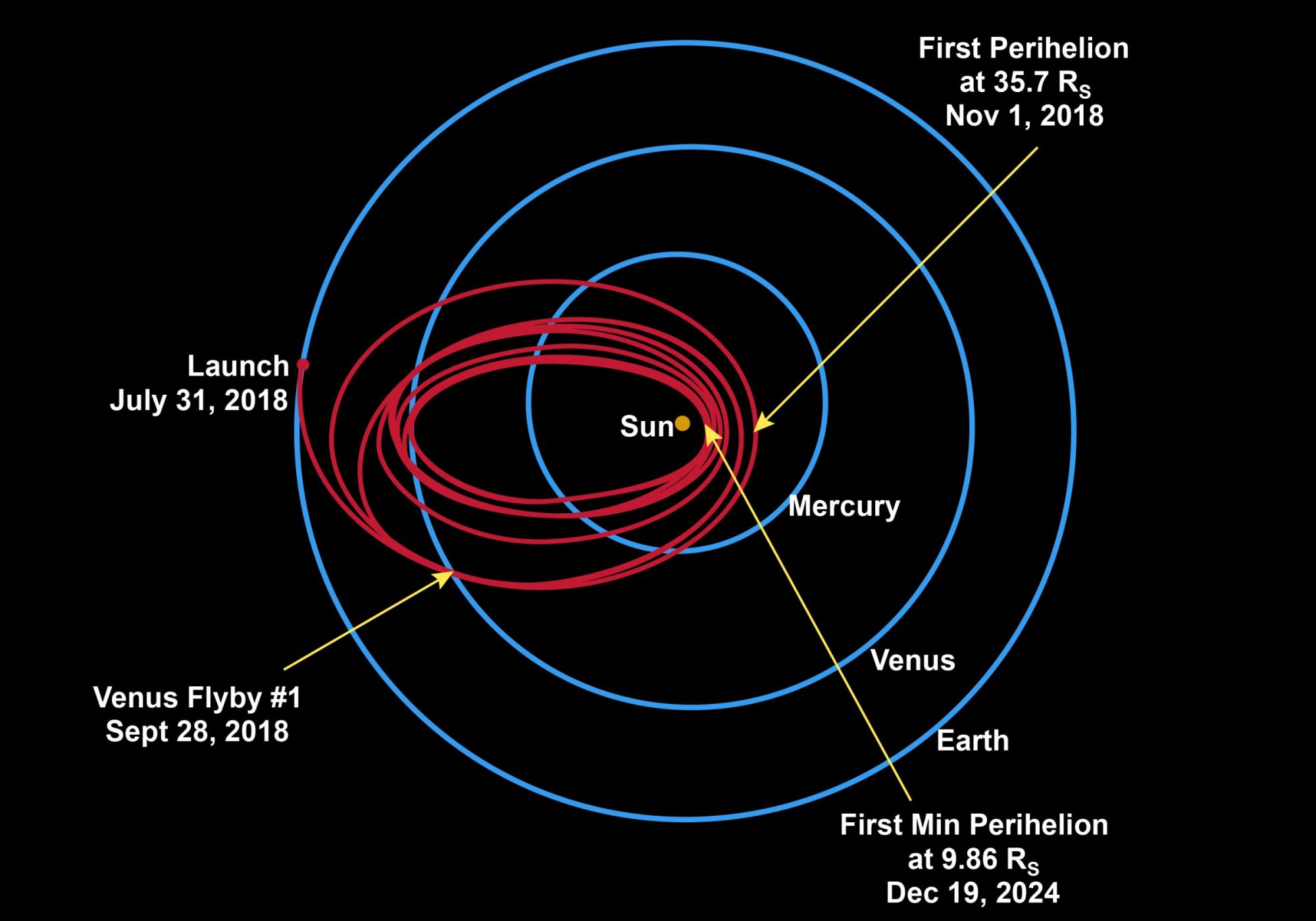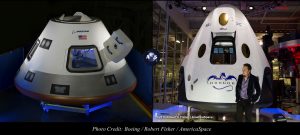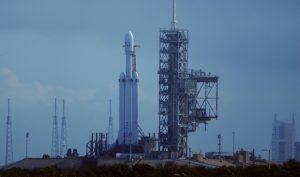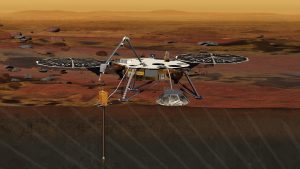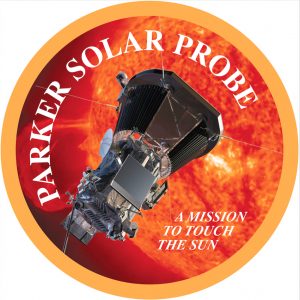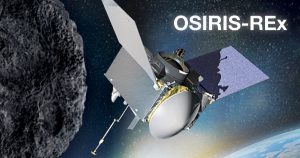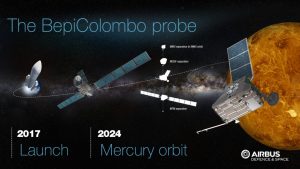There’s quite a wide variety of news items happening that deal with space to talk about this month. Both manned and unmanned programs are involved. I think I’ll start with the news of Earth’s second Moon. You heard me right, Earth’s second Moon.

Over the last decade or so astronomers have been finding quite a few space rocks, very small asteroids orbiting the Sun in an orbit that brings them close to that of our Earth’s. These objects are collectively known as ‘Near Earth Objects’ or NEOs and some may actually pose a threat of striking the Earth in the coming decades.

It’s also possible that on occasion one of these space rocks may get captured by the Earth’s gravitational field and become a ‘mini-Moon’, at least for a few months or years. This happened back in 2006 and 2007 when the NEO named 2006 RH120 was briefly captured and again from 2018 to 2020 with 2020 CD3.
Now it looks as if Earth is about to gain another mini-Moon for a while as the object 2020 SO is on an incoming trajectory. Between now and next March 2020 SO will make two loops around the Earth before heading back out into interplanetary space. Click on the link following to be taken to YouTube video of 2020 SO’s orbit. https://www.youtube.com/watch?v=sxPYh1s8KB4
And 2020 SO appears to be an oddball for yet another reason. You see 2020 SO’s orbit around the Sun is the closest match to Earth’s of any object yet discovered and that made astronomers suspicious. Checking the object’s orbit backward in time they think they’ve figured out just what 2020 SO really is.
It seems that 2020 SO is probably man made! NASA now believes that 2020 SO is actually the Centaur stage of the rocket that sent the Lunar lander Surveyor 2 to the Moon back in September 1966. If true that would mean that 2020 SO has been just floating around out there for more than 50 years.
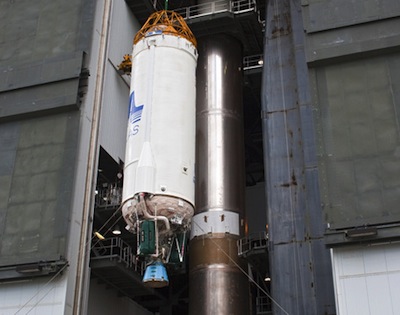
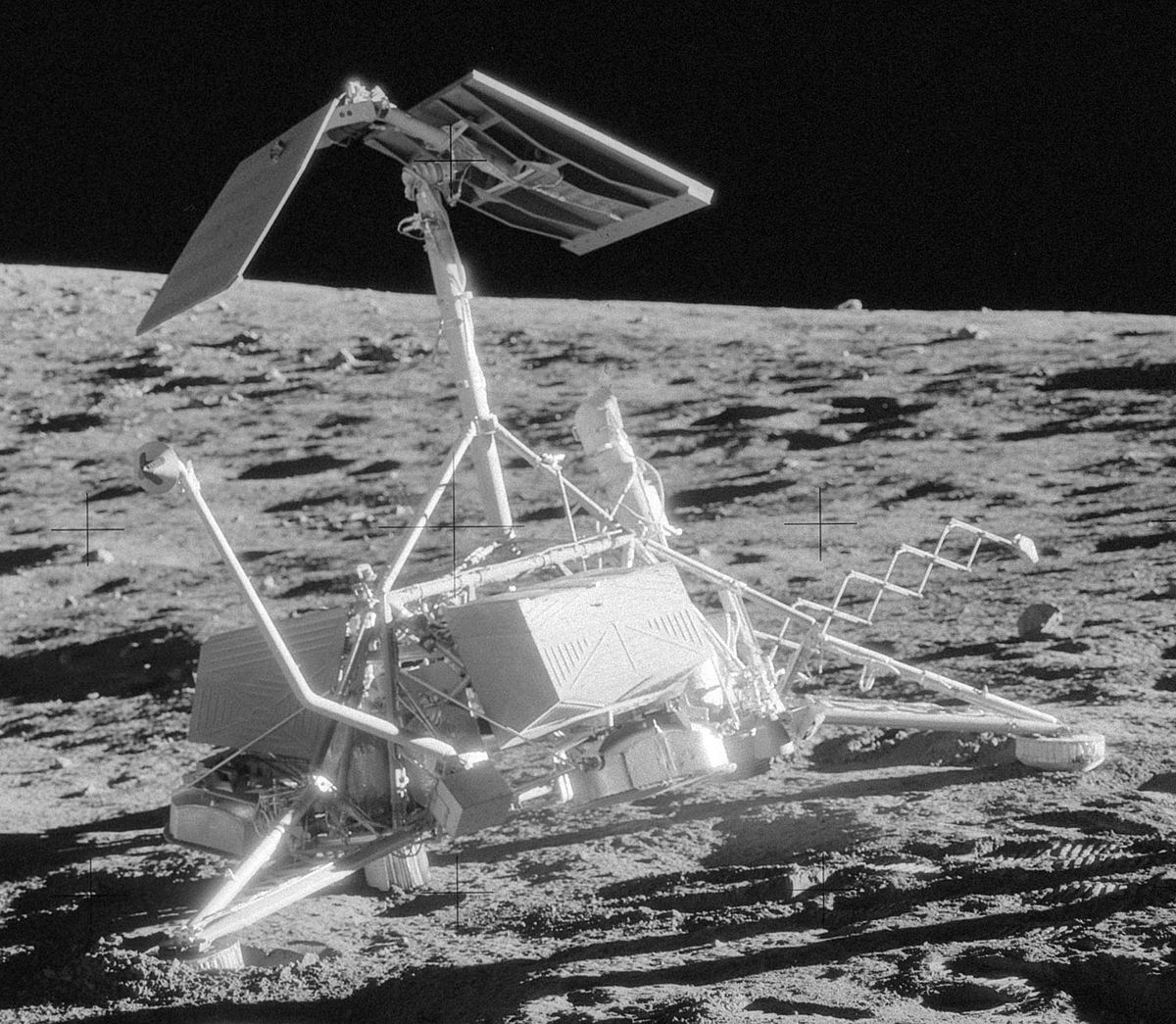
It makes sense if you think about it. By now humanity has sent close to a hundred space vehicles beyond Earth orbit into interplanetary space. Every one of those vehicles had to be accelerated to escape velocity by means of a booster rocket and those boosters didn’t just vanish after they had completed their task. They’re all still on an orbit around the Sun that occasionally intersects that of Earth’s.
The largest of these boosters would be the nine S-IVB stages that sent the Apollo astronauts to the Moon. They’re all still out there and now it seems that one of them is coming home for a brief stopover. As astronomers get better at keeping track of NEOs I daresay that we’ll be seeing a lot more visits from our long lost offspring.

In other news, aerospace giant Boeing has suffered another problem in its efforts to launch the corporation’s Starliner commercial crew vehicle. After last year’s Unmanned Test Flight (UTF) of Starliner that was plagued by numerous software problems Boeing has been working full blast to correct the issues so that a second UTF can been carried out before this year is over, something that looks ever more doubtful. Even if a successful UTF can be accomplished this year the first Crewed Test Flight (CTF) in NASA terminology of Starliner will come no earlier that the middle of 2021.
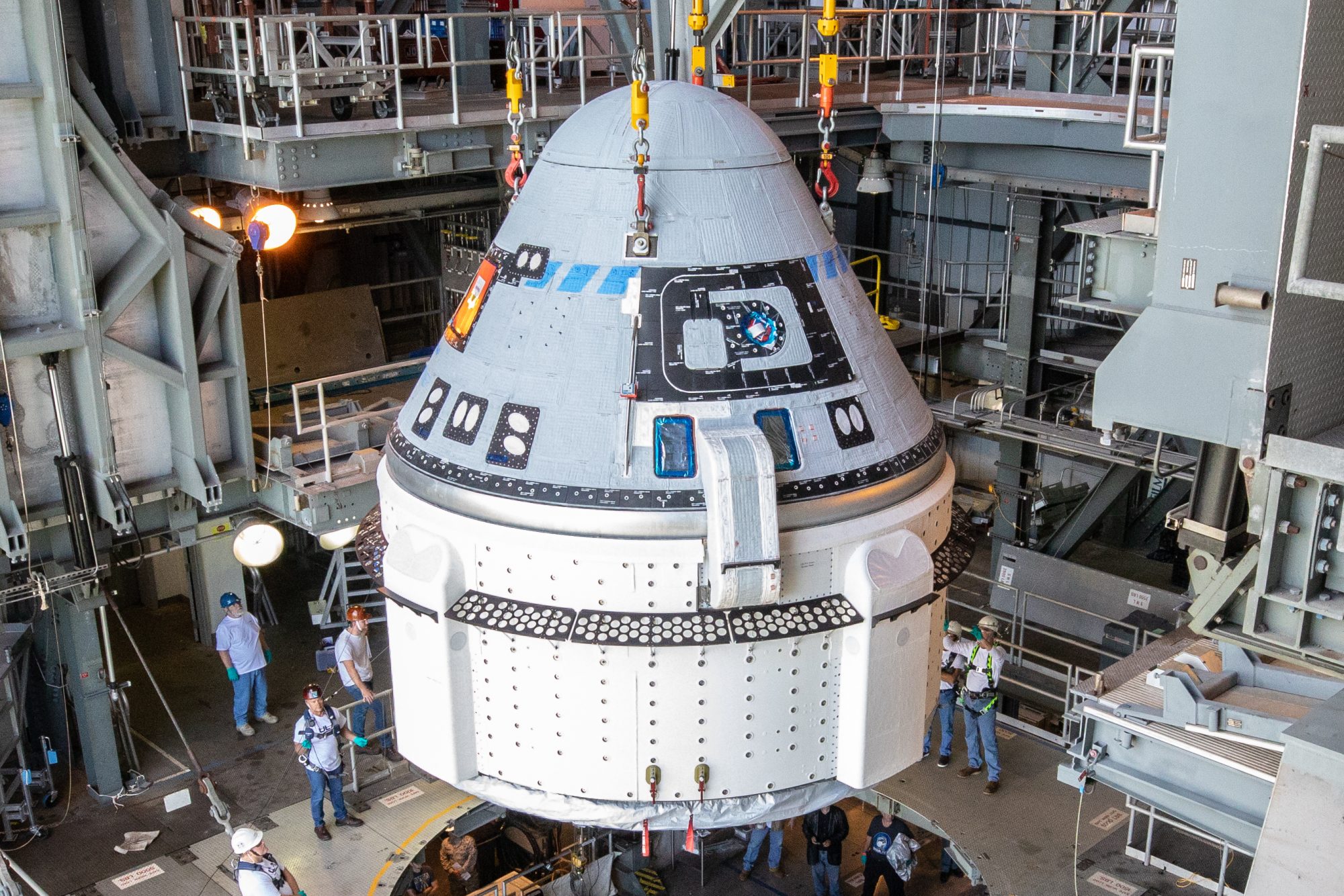
And now it’s been announced that that first manned mission will have to be with a new commander. Christopher Ferguson, the commander of the final flight of the space shuttle, had been assigned as CTF commander back in August of 2018. Now however the veteran astronaut is stepping down from the mission in order to spend more time with his family.
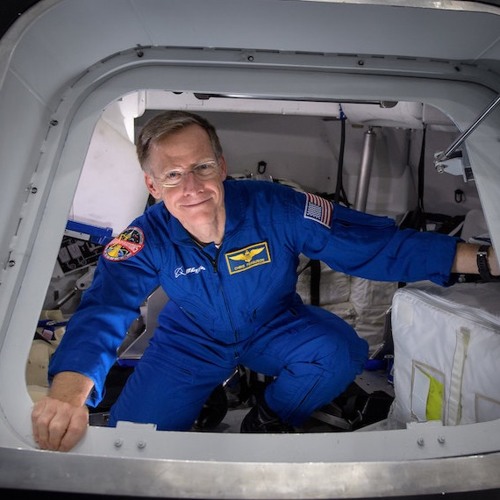
Starliner’s new commander will be NASA astronaut Barry Wilmore. Meanwhile Ferguson, who is an executive at Boeing, will remain involved with the program but such a major change in personnel is just one more complication for Starliner.
Meanwhile Boeing’s competitor Space X is also having a few difficulties of its own. An October 2nd unmanned launch of a Space X Falcon 9 rocket was halted just 2 seconds before liftoff because of what has been described as an anomalous rise in pressure in one of the nine Marlin engine’s turbomachinery gas generator.
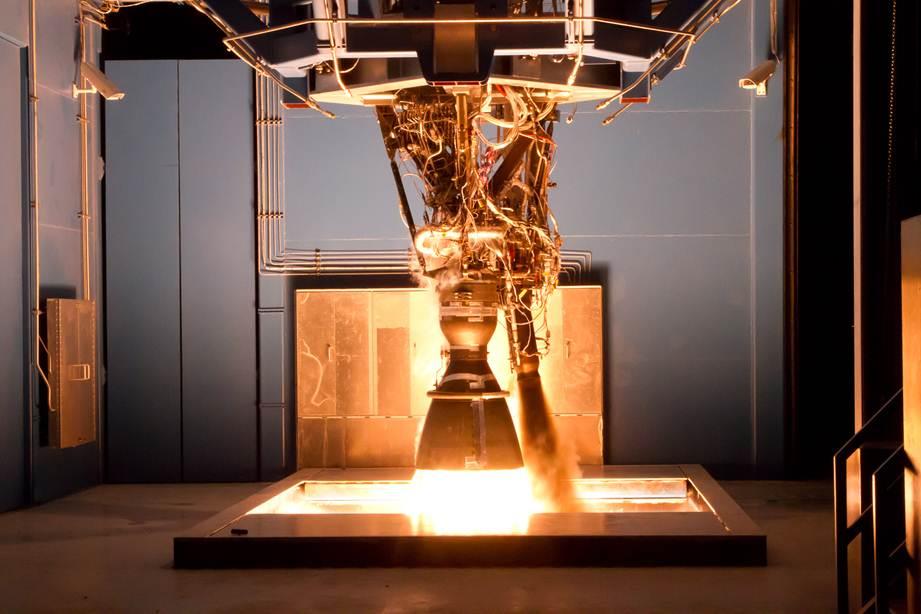
That scrubbed flight has prompted NASA to delay the next Space X manned mission to the ISS, previously scheduled for the 31st of October. That mission, officially designated as Crew-1 Mission because it is actually the first mission in Space X’s contract to deliver NASA astronauts to the ISS, has now been officially pushed back to early to mid November. The extra time is to allow Space X to carry out a through investigation into what happened in the Oct 2nd launch attempt.
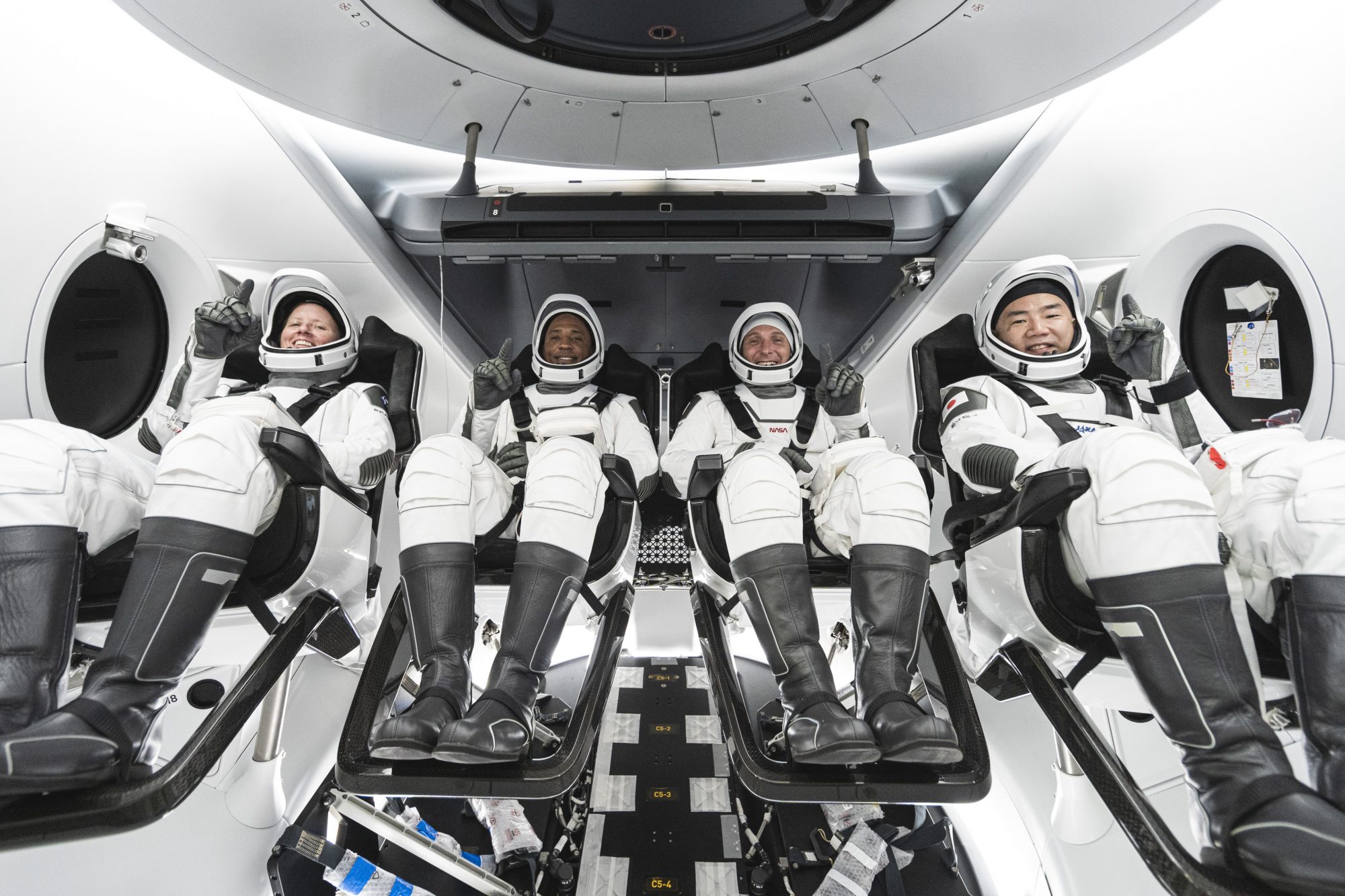
Hopefully Space X will quickly identify the cause of the problem so that NASA’s commercial crew program can finally get unto some kind of a regular schedule. The whole idea of having two commercial carriers was so that if one had a small problem, like Space X’s engine issue, the other could take up the slack. Because of Boeing’s major and continuing difficulties however even small problems at Space X can become major headaches.
Finally, we do have one scheduled space event to look forward to during the rest of this month. On October 20th the Osiris-REX space probe, which has been in orbit around the asteroid Bennu for almost two years will descend down to the rocky surface in an attempt to collect a sample of the asteroid’s material.

This will be the first of potentially three touchdown sampling attempts, each landing lasting for no more than 5-10 seconds. During the few seconds of contact Osiris-REX’s robotic arm will reach out and suck in as much as 50-60 grams of dust and other material. The material collected will then be stored in a nitrogen bottle. Since Osiris-REX has three such bottles there can be a maximum of three collecting attempts.
The site chosen for Osiris-REX to make its first attempt is a small crater named Nightingale which was chosen because, based on observations over the last two years the material there is considered to be ‘fresh’, that is uncontaminated by the solar wind. At the same time there is a small area, only the size of two or three parking spots that is flat and boulder free for the landing.

And Osiris-REX will have to carry out the landing all on its own because at a distance of about 330 million kilometers the time it takes a radio signal to go from the probe to ground control is about 18.5 minutes. That time delay means that any last minute adjustments to Osiris-REX’s course will have to be made by the probe itself.
Osiris-REX is scheduled to leave the asteroid Bennu next March to begin a return journey that will bring its collected samples back to Earth on September 24, 2023.
P.S. Since I wrote this post Osiris-REX has successfully carried out its first touch down and NASA’s scientists are now trying to evaluate how much material was gathered.

